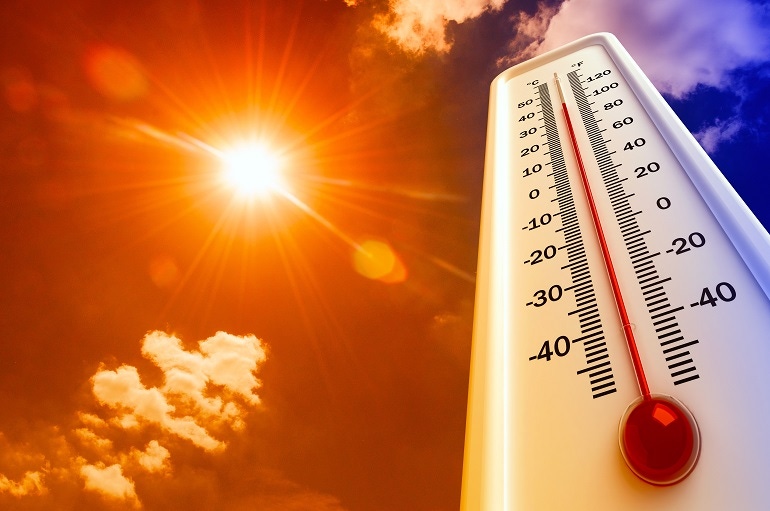New Hot Weather Concreting Guide
Hot weather can create problems in the delivery, placement, and ultimate quality of concrete. To help producers and contractors overcome these problems, the American Concrete Institute has published a new version of the Guide to Hot Weather Concreting (ACI 305-10). Anyone working with concrete in hot weather will want a copy of this guide.
September 30, 2020

Hot weather can create problems in the delivery, placement, and ultimate quality of concrete. To help producers and contractors overcome these problems, the American Concrete Institute has published a new version of the Guide to Hot Weather Concreting (ACI 305R-20). This is the first new hot weather guide in 10 years, and it includes some significant changes. Here are some examples:
Concrete of acceptable quality can be produced in nearly any conditions when proper planning and precautions are taken. ACI 305 provides guidance on the needed planning and precautions.
Rather than simply indicating that reduced cement content is a typical method to minimize cracking, the new version indicates the various adjustments to the concrete mix that have been successful in hot-weather conditions, such as reduced cement content, use of low-heat-of-hydration cement, the use of supplementary cementitious materials, and the use of synthetic micro and macro fibers.
Advice is provided on the use of set-retarding and extended set-control admixtures.
Strength reductions and permeability increases, due to a delay in the formation of ettringite when concrete temperature exceeds 160 F, can be mitigate by using supplementary cementitious materials.
ACI 305 cautions that when measuring wind speed to determine evaporation rate, the readings should be averaged over at least 10 minutes and that off-site measurements should not be relied upon.
Fresh concrete has a high risk of surface drying and plastic shrinkage cracking whenever evaporation rates exceed 0.2 pounds per square foot per hour due to the combination of higher air and concrete temperatures, low relative humidity, and high wind speed.
The committee recommends flexibility in setting the maximum concrete temperature based on both engineering requirements and practical limitations, since cooling can be energy-intensive and expensive.
Ice can be effective at cooling but too much ice can negatively affect the performance of water-reducing admixtures.
The committee notes that due to lowered bleeding rates, contactors should have a curing plan in place when placing concrete with SCMs to avoid shrinkage and cracking.
Retempering of concrete is discouraged since it can reduce the concrete strength and also reduce the entrained air content.
The new ACI 305 notes that fibers can be effective at reducing cracking of plastic concrete and provides extensive information on the types and dosages of fibers that are most effective.
Anyone working with concrete in hot weather will want a copy of this guide. The new ACI 305R-20, Guide to Hot Weather Concreting, is digitally available free to ACI members or for $64.50 for nonmembers.
You May Also Like


